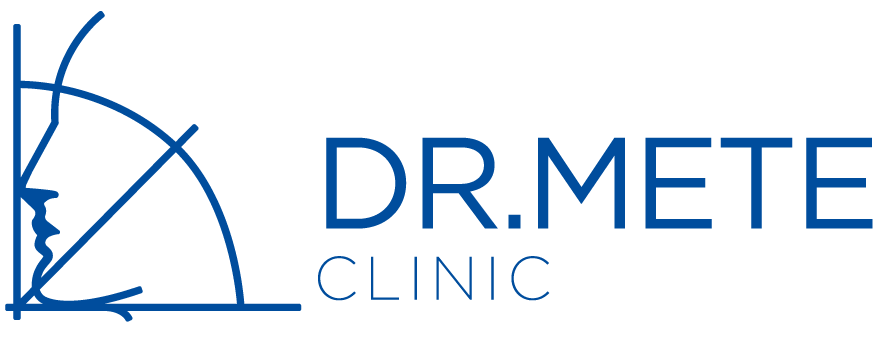Sinus Floor Elevation
The maxillary sinus is an anatomical structure which lies under the cheek bones and above bony process of upper jaw that bears the upper posterior teeth. This air-filled bony structure expands with age and when the upper posterior teeth are lost, the implant surgery may become complicated or even impossible due to insufficient height of bone.
The maxillary sinus floor elevation, also called sinus lifting procedure is the solution for the problem.
There are two main approaches for the maxillary sinus floor elevation; Lateral window approach and the transcrestal approach. Both techniques are reliable and each one has its advantages and disadvantages.
Most of the time, the sinus lifting and the implant placement can be done simultaneously. In situations when the residual bone is insufficient for primary stability of the implant, the implant placement can be delayed upto 4 to 6 months after the sinus lifting.




